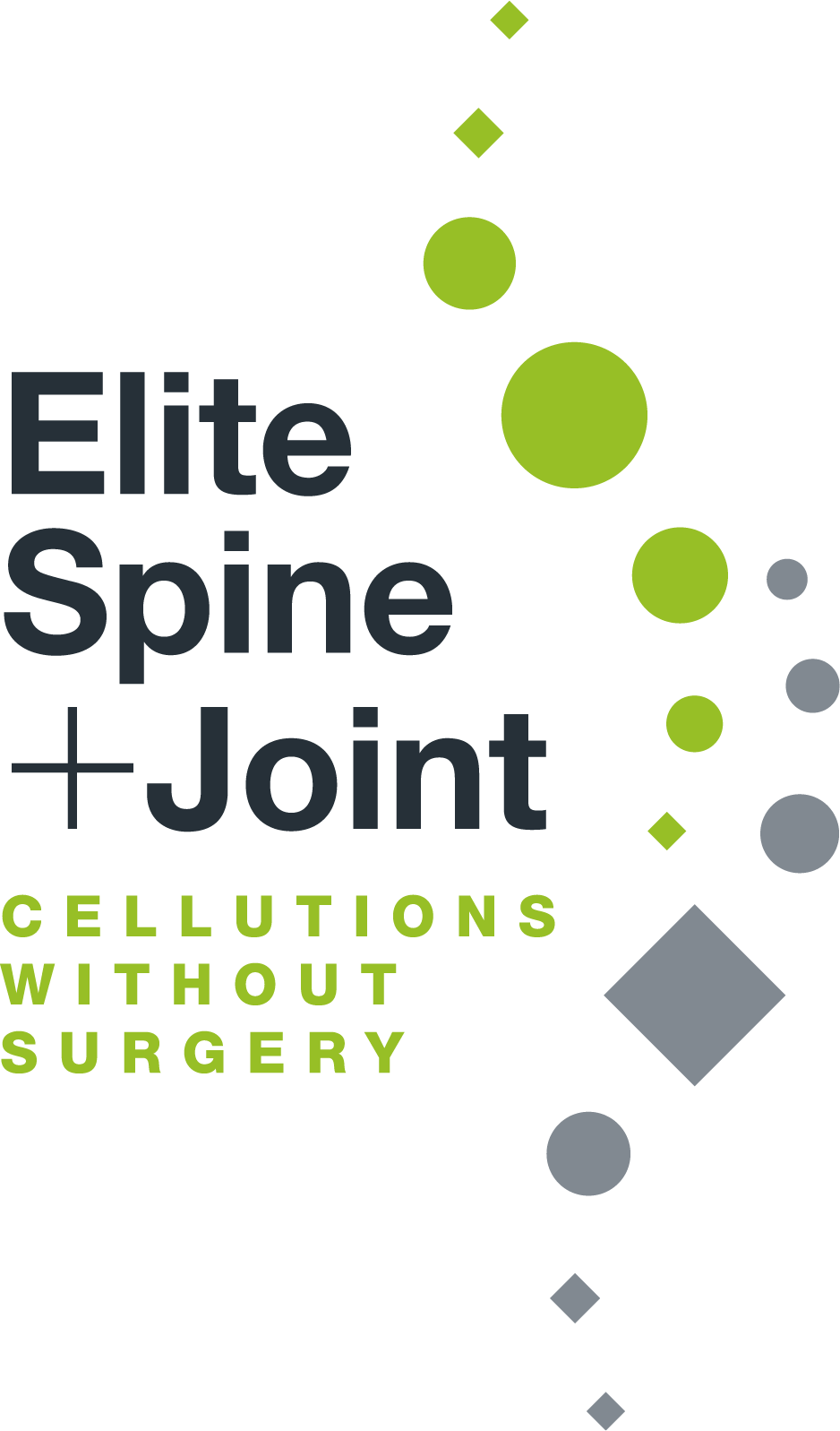
How Does Prolotherapy Work?
The basic premise behind prolotherapy this:
- Using a small needle, a stimulating or “proliferative” substance is placed directly at the area of tendon, muscle, or connective tissue damage
- This agent acts to promote the body’s own natural healing process
- After a series of prolotherapy treatments, the hope is that previously weakened areas become strengthened by means of repeated recruitment of the body’s own cells to the area of damage
What to Expect
Since the introduction of prolotherapy, a number of different substances have been utilized at the time of injection to promote healing.
The most commonly used prolotherapy solutions include dextrose (sugar!) and a local anesthetic such as lidocaine, or nowadays ropivacaine (which is the least harmful of all of the local anesthetics to the muscle and connective tissue cells). In some cases, biologic agents such as PRP (platelet rich plasma) or BMAC (bone marrow aspirate containing mesenchymal stem cells) are utilized when standard prolotherapy has not provided enough healing. Since most of the prolotherapy treatments include a local anesthetic, the procedure itself is not too uncomfortable for most patients. However, once the local anesthetic wears off, patients may experience a temporary moderate increase in pain before the body’s own natural healing process kicks in.
Benefits of Prolotherapy
Prolotherapy can be useful in cases where the source pain can be well–localized, either by x-ray, MRI, ultrasound, or by simple physical examination. There are many clinical trials that have been published regarding the potential benefit of prolotherapy in the following areas:
- Tennis elbow in golfers elbow
- Knee pain (arthritis, meniscus tears, MCL/ACL instability, etc.)
- Sacroiliac joint pain
- Lumbar disc and facet joint pain
- Plantar fasciitis
Although it is typically recommended that a patient undergoing prolotherapy plans on getting a “series” of prolotherapy treatments, patients are treated on a case-by-case basis, and treatment is concluded when a patient has reached a satisfactory level of comfort and function.
Despite the fact that prolotherapy has been in existence for almost a century, most insurance company still consider to be “experimental” and therefore not covered by insurance. However, we are hopeful that as more and more published data becomes available, it becomes a recognized and covered treatment for those who need it.
If you believe that you might be a candidate for prolotherapy, you should discuss the pros and cons, as well as the risks associated with this form of therapy. As with any medical procedure, expectations with regard to pain relief and improvement in function need to be established prior to beginning therapy.
